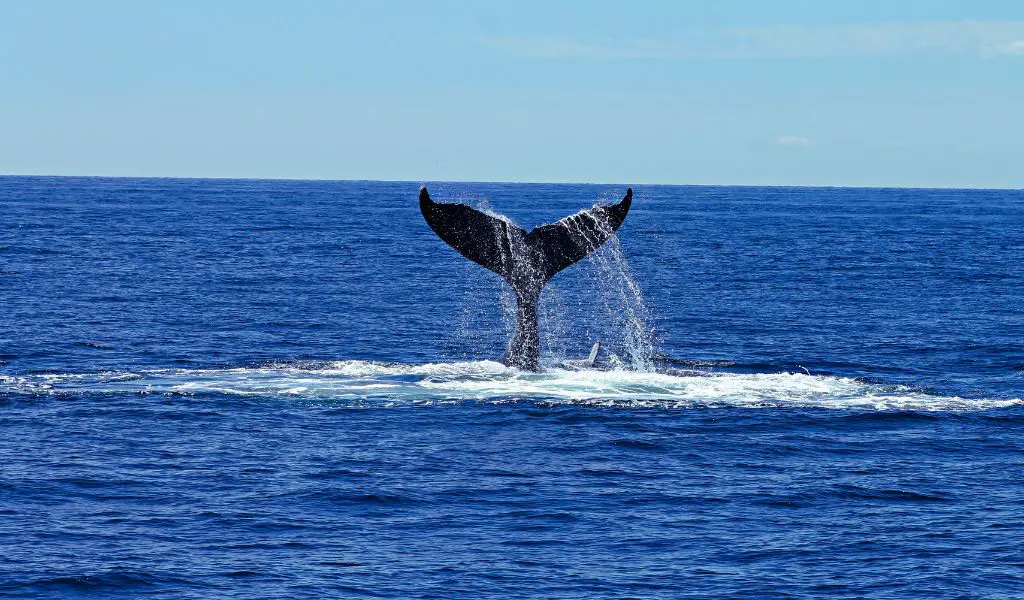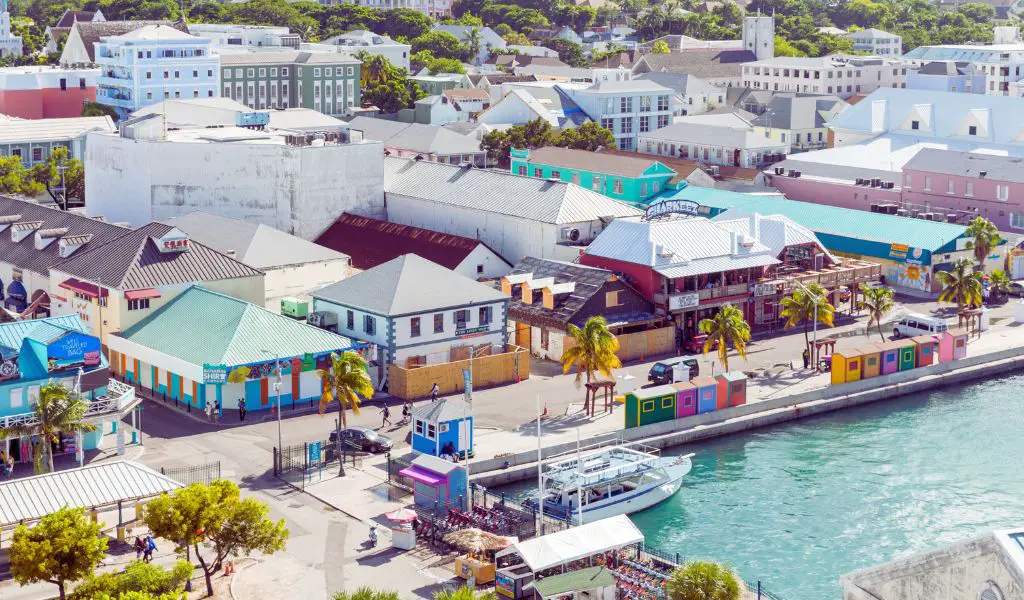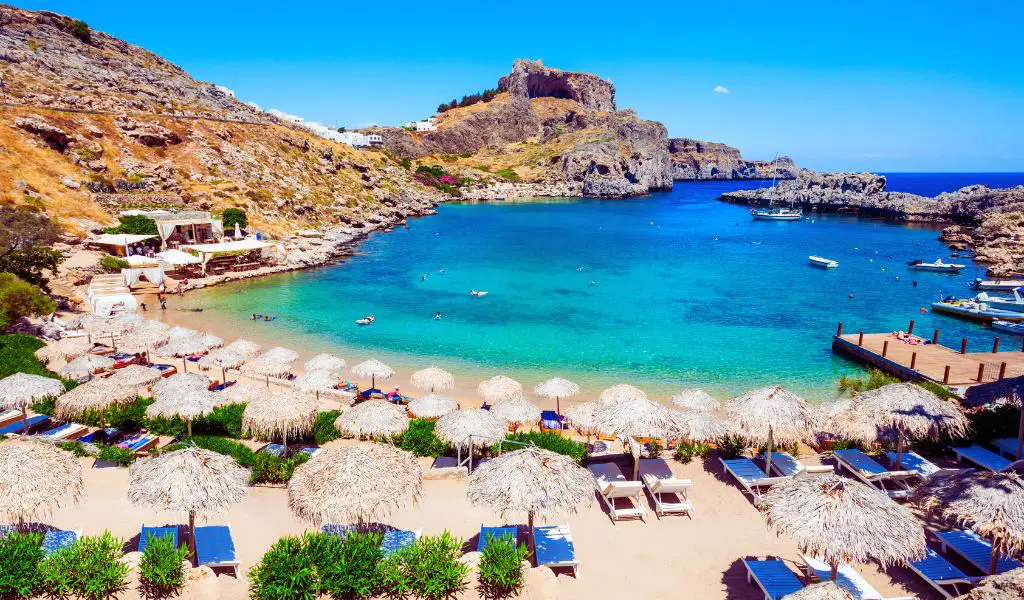The Ogasawara Islands, often referred to as the Bonin Islands, are a chain of volcanic islands located in the Pacific Ocean, approximately 1,000 kilometers south of Tokyo, Japan. This remote archipelago is a UNESCO World Heritage site, recognized for its unique biodiversity, pristine marine environments, and significant evolutionary processes.
Geography
Geographically, the Ogasawara Islands consist of over 30 islands, but only two, Chichijima and Hahajima, are inhabited and open to visitors.
The islands are characterized by their rugged terrain, dense subtropical forests, and surrounding coral reefs.
The deep blue waters and the diverse marine life make the Ogasawara Islands a diver’s paradise.
History
Historically, the islands have a unique past. While they are now part of Japan, they remained uninhabited until the early 19th century.
The first settlers were Europeans, Americans, and Pacific Islanders, which led to a distinctive culture that’s a blend of these influences and Japanese traditions.
Attractions
Notable attractions on the islands include the Ogasawara Marine Center on Chichijima, where visitors can learn about the rich marine biodiversity of the region.
The Hinkawa Valley, with its lush vegetation and endemic species, offers a glimpse into the islands’ unique ecosystems.
Activities
Popular activities for visitors include snorkeling and diving in the clear waters, trekking in the dense forests, and whale watching.
The Ogasawara Islands are one of the few places in the world where visitors can witness the majestic sperm whales.
Additionally, the islands provide a habitat for several endemic species, making them a hotspot for nature enthusiasts and researchers.
Population
The Ogasawara Islands have a population of approximately 2,400 residents, primarily residing on Chichijima and Hahajima.
When to Go
The best time to visit the Ogasawara Islands is between April and November. During these months, the weather is warm and relatively dry, making it ideal for outdoor activities.
How to Get There
The Ogasawara Islands are accessible only by a 24-hour ferry ride from Tokyo. There are no airports on the islands, so sea travel is the only option.
Highlights
Minamijima Island: Known for its iconic limestone arch and turquoise waters.
Kopepe Beach: A serene spot for snorkeling and relaxation.
Mount Chibusayama: The highest peak on Chichijima, offering panoramic views.
Ogasawara Whale Watching: An opportunity to see sperm whales, dolphins, and other marine life.
What You Should Know
Currency: Japanese Yen (JPY).
Language: Japanese, though some residents and guides may speak basic English.
Safety: The islands are safe, but visitors should be cautious while engaging in water activities due to strong currents.
FAQs about Ogasawara Islands
Are there any accommodations on the islands?
Yes, there are a few guesthouses and lodges on Chichijima and Hahajima. However, it’s advisable to book in advance due to limited availability.
Is there internet connectivity on the Ogasawara Islands?
While there is internet access in some areas, especially around the main villages, it might not be as fast or reliable as mainland Japan.
Do I need a special permit to visit the islands?
No special permit is required for general tourism. However, if you plan to conduct research or visit protected areas, you might need permissions from local authorities.





